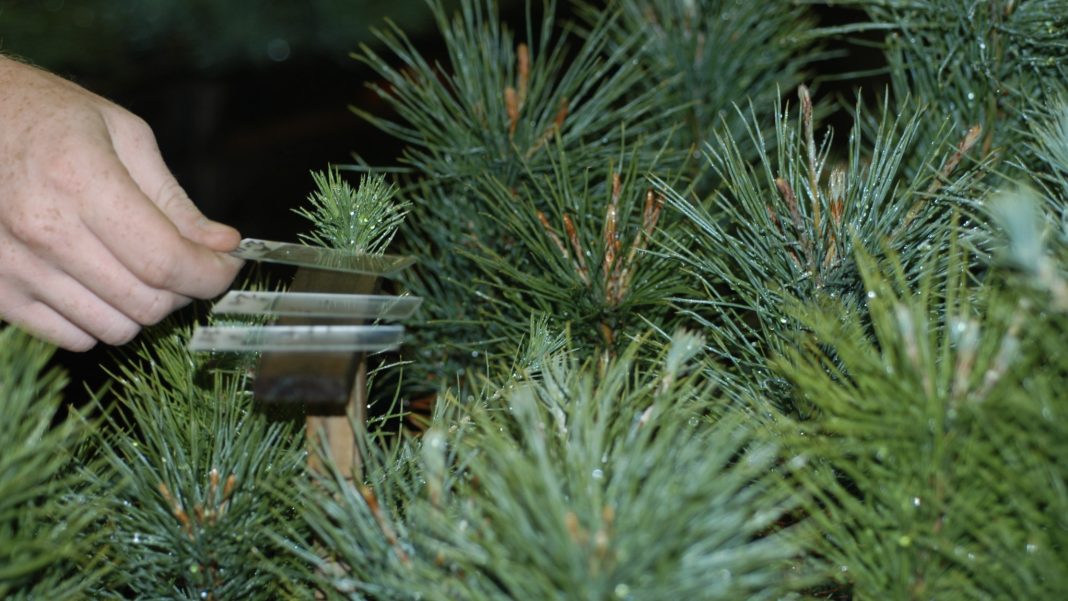In the Rocky Mountains, vast areas of whitebark pine trees have been killed by wildfires, mountain pine beetles, and a fungus called blister rust.
But even in hard-hit areas, a handful of trees survive.
Durglo: “There in the middle of all these dead hundreds of trees, you’ll see a green one.”
That’s Mike Durglo of the Confederated Salish and Kootenai Tribes in Montana.
He says whitebark pines provide vital wildlife habitat. And their shade helps slow down mountain snowmelt. For communities downstream, that helps reduce the risk of spring floods and summer water shortages as the climate warms.
So the tribes, along with the U.S. Forest Service and others, are working to restore whitebark forests.
In areas hit by blister rust, tree climbers collect seeds from surviving trees and plant them in greenhouses.
The saplings are exposed to blister rust and monitored to make sure they’re resistant. After a few years, the healthy trees are planted outdoors.
Whitebarks take decades to mature, so it’s too soon to know if these efforts will succeed.
Durglo: “We’re not going to see the fruits of our labor in our lifetime, but our children, our grandchildren, and the next generations will. And that’s why we do what we do. It’s having that hope that we’re going to make a difference.”
Reporting credit: Sarah Kennedy / ChavoBart Digital Media
We help millions of people understand climate change and what to do about it. Help us reach even more people like you.


